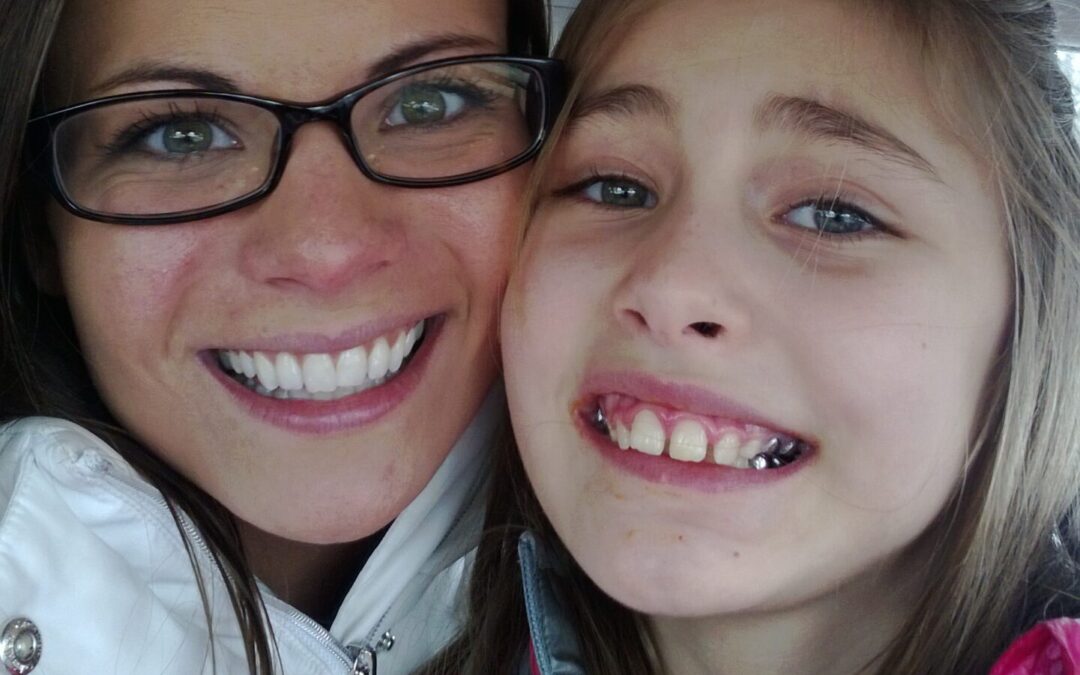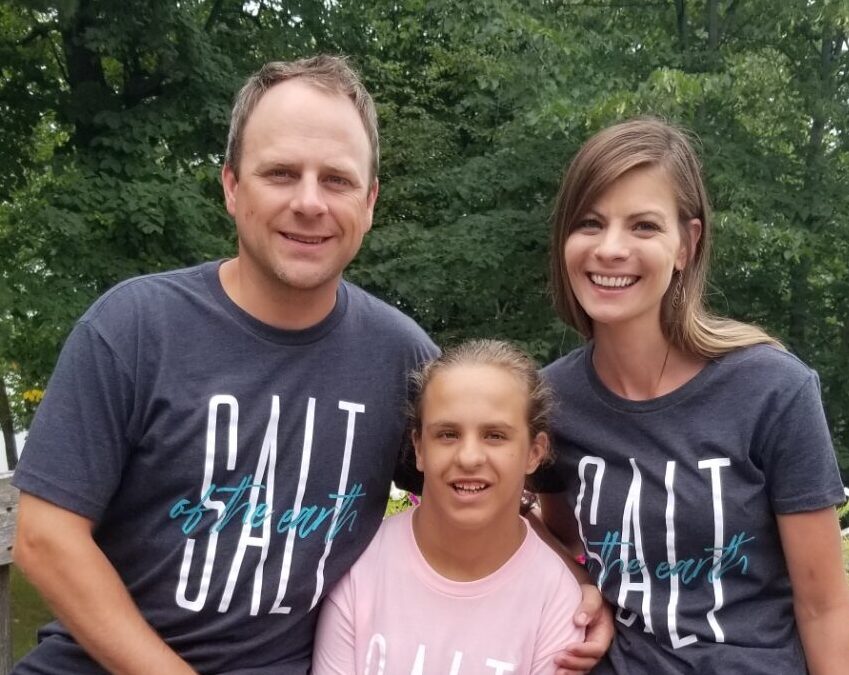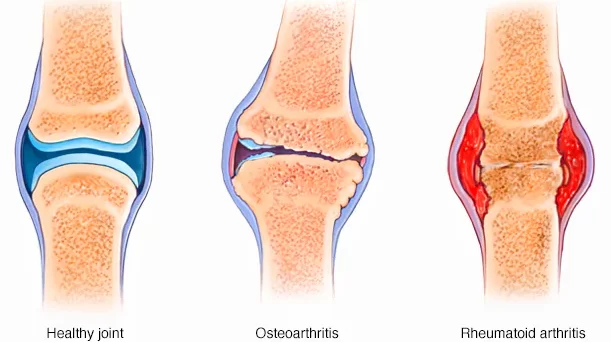What is Rheumatoid Arthritis?
Let’s talk about it like real humans.
So — you’ve heard of arthritis, right?
Most people think of their grandma’s achy knees or fingers that don’t bend quite right. That’s osteoarthritis — the kind that comes from wear and tear over time.
But Rheumatoid Arthritis (RA)?
It’s a whole different beast.
RA Is an Autoimmune Disorder
Your immune system is like your personal military. Its job? Protect you from bad guys — like bacteria and viruses.
But with RA?
That military gets confused and starts attacking your own joints — as if your elbows were enemy territory.
It’s like calling in an airstrike… on your own camp.
Friendly fire, but make it chronic.
It’s Chronic — AKA, It Doesn’t Just Go Away
RA isn’t a one-and-done illness.
It’s not a “take some meds and you’re cured” kind of deal.
It can come and go, but it lingers. It might go into remission (which is amazing!)… but it can also sneak back like that ex who just doesn’t get the hint.
Common Symptoms of Rheumatoid Arthritis
Not everyone will have these symptoms, but here are some of the most common ones.
-
Joint pain and tenderness – especially in your hands, wrists, and knees
-
Morning stiffness – joints feel like they’ve rusted overnight (can last 30+ minutes)
-
Swollen joints – puffiness, especially around smaller joints
-
Warmth or redness – the area may feel hot or look inflamed
-
Fatigue – like bone-deep tiredness that doesn’t go away with a nap
-
Low-grade fever – your body’s low-key waving a white flag
-
Loss of appetite – inflammation messes with more than just your joints
-
Symmetrical symptoms – both sides of the body (like both wrists or both knees)
-
Joint deformities – if untreated, joints may change shape over time
-
Reduced range of motion – like your body’s putting limits on what you can do
RA can look different from person to person, but if you’re nodding along to a few of these? It’s time to take it seriously — and take action.
What Causes Rheumatoid Arthritis?
Let’s cut to it: RA isn’t caused by one single thing. It’s more like a perfect storm — where your genes, your environment, and your body’s stress signals all throw a party… and your immune system gets confused and starts flipping tables.
Possible Causes & Risk Factors of RA:
-
Genetics – If autoimmune issues run in your family, you may have inherited a not-so-fun predisposition.
-
Immune system dysfunction – Your body’s internal military gets confused and starts attacking your own joints. (Like, “Hey, weren’t we friends?!”)
-
Environmental triggers – Exposure to toxins (like mold, pollution, pesticides) can be the spark that lights the fire.
-
Hormonal shifts – RA loves to show up during big hormone changes like pregnancy, postpartum, and menopause.
-
Stress & Emotional Trauma – Long-term stress or unresolved emotional trauma can throw your immune system off balance. (Your body remembers what your brain tries to forget.)
-
Physical trauma – A major injury, surgery, or even childbirth can act as a trigger — like your immune system saying, “That was too much. I’m on high alert now.”
-
Poor gut health – When your gut is inflamed or out of balance, it can confuse your immune response. (Leaky gut, meet leaky logic.)
-
Toxins – Heavy metals, processed foods, plastic exposure, and more can overload your system and confuse your body’s ability to detox.
-
Smoking – One of the biggest environmental risk factors. If you needed a reason to quit, RA is yelling one loud and clear.
-
Infections – Some viruses or bacteria may trigger RA in people who are genetically prone.
Who Does Rheumatoid Arthritis Affect?
Short answer? More people than you think.
We like to imagine RA only affects “older folks,” but let’s set that record straight — because RA doesn’t care how old you are, how strong you are, or how much you’ve got going on.
RA Can Affect:
-
Adults in their 20s–50s – Yep, it often hits in the prime of life. That means parents, entrepreneurs, go-getters… not just retirees.
-
Children – Known as Juvenile Idiopathic Arthritis (JIA). Kids can have RA too, and let’s be real: it’s heartbreaking, but also manageable with the right tools.
-
Women – RA is 2–3 times more common in women. Hormones, immune differences, and stress loads play a part.
-
Men – Less common, but when RA shows up in men, it can hit harder and progress faster.
-
People with autoimmune family history – If autoimmune conditions run in your family (thyroid, lupus, MS, etc.), you’re more likely to develop RA.
-
Anyone exposed to chronic stress, trauma, or toxins – Your nervous system and immune system are deeply connected. When one is overloaded, the other often reacts.
(Not So ) Fun Fact:
You can look totally healthy on the outside and still be dealing with crippling inflammation, fatigue, and pain on the inside.
That’s why RA is often called an invisible illness.
So If You’ve Been Told:
“But you’re too young to have arthritis!”
or
“You don’t look sick…”
You’re not crazy. You’re not dramatic.
You’re just dealing with something most people don’t understand — yet.
But you do.
And now? You can help your body fight back — without going it alone.
How RA Affects the Body
RA doesn’t just mess with your joints. It’s an autoimmune condition, which means your immune system is chronically confused — and when it starts attacking your own tissues, the effects ripple through your whole body.
Here’s What RA Can Do:
Joints (the main battlefield)
-
Swelling, stiffness, pain, and tenderness
-
Most common in hands, wrists, knees, ankles, and feet
-
Can cause permanent joint damage or deformity if untreated
-
Often affects both sides of the body symmetrically (like both knees, both hands)
You don’t wake up sore for “no reason.” This is your immune system waging a war where no enemy exists.
Muscles & Mobility
-
Decreased range of motion
-
Muscle weakness due to joint pain or disuse
-
Fatigue that feels like you ran a marathon just from doing the dishes
Some days it’s not “laziness.” It’s your body using all its energy just to exist.
Organs & Systems
-
Heart – Inflammation can raise your risk for heart disease (Yep, RA isn’t just about joints)
-
Lungs – RA can cause scarring or inflammation in the lungs, leading to shortness of breath
-
Eyes – Dryness, redness, or even inflammation in the white of the eyes (it’s called scleritis — sounds scary, right?)
-
Skin – Some people get firm lumps under the skin near joints (called nodules)
Mental & Emotional Health
-
Chronic pain wears you down — emotionally and physically
-
Fatigue, brain fog, anxiety, and even depression are real and common
-
It’s exhausting trying to explain an invisible illness to people who don’t “get it”
You’re not weak. You’re strong for handling what most people don’t even see.
RA vs OA: What’s the Difference?
You say, “I have arthritis,” and someone responds:
“Oh yeah, my grandma has that too!”
I’m sure she does. But, that’s not the same thing.
They mean well… but they’re probably talking about Osteoarthritis (OA) — which is not the same as Rheumatoid Arthritis (RA).
| Rheumatoid Arthritis (RA) | Osteoarthritis (OA) | |
|---|---|---|
| Type | Autoimmune disease | Degenerative joint disease |
| Cause | Immune system attacks joints | Wear-and-tear over time |
| Onset | Can strike at any age | Usually develops with age |
| Speed | Can develop quickly | Slowly progresses over years |
| Joint Pattern | Symmetrical (both sides) | Often one side more than the other |
| Inflammation | Major player (red, hot, swollen) | Mild or absent |
| Systemic? | Yes — affects whole body | No — stays in the joints |
| Fatigue? | Oh yes, big time | Not usually |
| Common Sites | Hands, wrists, feet | Knees, hips, spine, fingers |
Just Diagnosed With RA? Here’s What to Do Next
First of all — take a breath.
Yes, it’s a lot. Yes, your brain might be spinning.
But here’s the truth:
🧡 You are not powerless.
You just got answers. And now? You get to take action.
Let’s talk about what to do — not in some cold clinical way — but in real-life, I’ve-been-there terms.
✅ Step 1: Understand What RA Really Is
You’re not “just achy.”
RA is an autoimmune condition — which means your immune system is attacking your joints and causing inflammation in your whole body.
The more you understand what’s happening, the more confident you’ll feel.
🩺 Step 2: Find a Rheumatologist You Trust
This is your quarterback. Your MVP.
Make sure you feel seen, heard, and not rushed.
If they treat you like a number? Get a second opinion. You deserve care that fits you.
💊 Step 3: Talk Treatment — But Don’t Stop There
Yes, meds can be helpful — especially early on. They can slow progression and help with pain.
But here’s the secret nobody tells you:
Medication alone isn’t the whole answer.
You need a whole-body approach — one that supports your immune system, your gut, your mindset, and your lifestyle.
🧠 Step 4: Start Learning to Listen to Your Body
This might sound woo-woo, but it’s legit:
RA teaches you to tune in. Start noticing what makes symptoms worse — or better.
Keep a journal. Track flares. Pay attention to how food, stress, sleep, and movement affect you.
Knowledge = power.
🥦 Step 5: Clean Up the Inputs
RA doesn’t thrive in a healthy, supported body.
Start by gently cleaning house:
-
Swap processed food for anti-inflammatory meals
-
Hydrate like a queen
-
Cut toxins where you can (cleaners, plastics, etc.)
-
Prioritize restorative sleep
-
Move in ways that support, not punish, your body
Small steps. Big shifts. Don’t overwhelm — just start.
🧡 Step 6: Find Your Support Crew
You don’t need everyone to understand. You just need someone who does.
Find others on the journey. Get in a space where healing isn’t just possible — it’s expected.
(Join our Facebook page below!)
🔥 Step 7: Take Your Power Back
RA is part of your story, not the whole book.
This diagnosis doesn’t get the final say — you do.
👣 Want to know where to begin?
The Jumpstart Program was made exactly for this moment — when you’re newly diagnosed and wondering,
“What now?”
👉 Start here — let’s get your body on your side again.
Explore More Fun Fast Blog Posts

Juvenile Idiopathic Arthritis (JIA): A Complete Guide for Parents
Discover symptoms, causes, and treatment options for juvenile idiopathic arthritis in children. A complete parent’s guide to living with JIA.

Uveitis And Autoimmune Disorders: What You Need To Know
Learn all about the correlations between uveitis and autoimmune disorders, and what you can do to help. Join the program to experience true wellness today!

Check Out This Autoimmune Supplement!
Check out this wolfberry antioxidant drink, the autoimmune supplement you’ll wish you knew about sooner! Join the program for more recipes and supplements.

